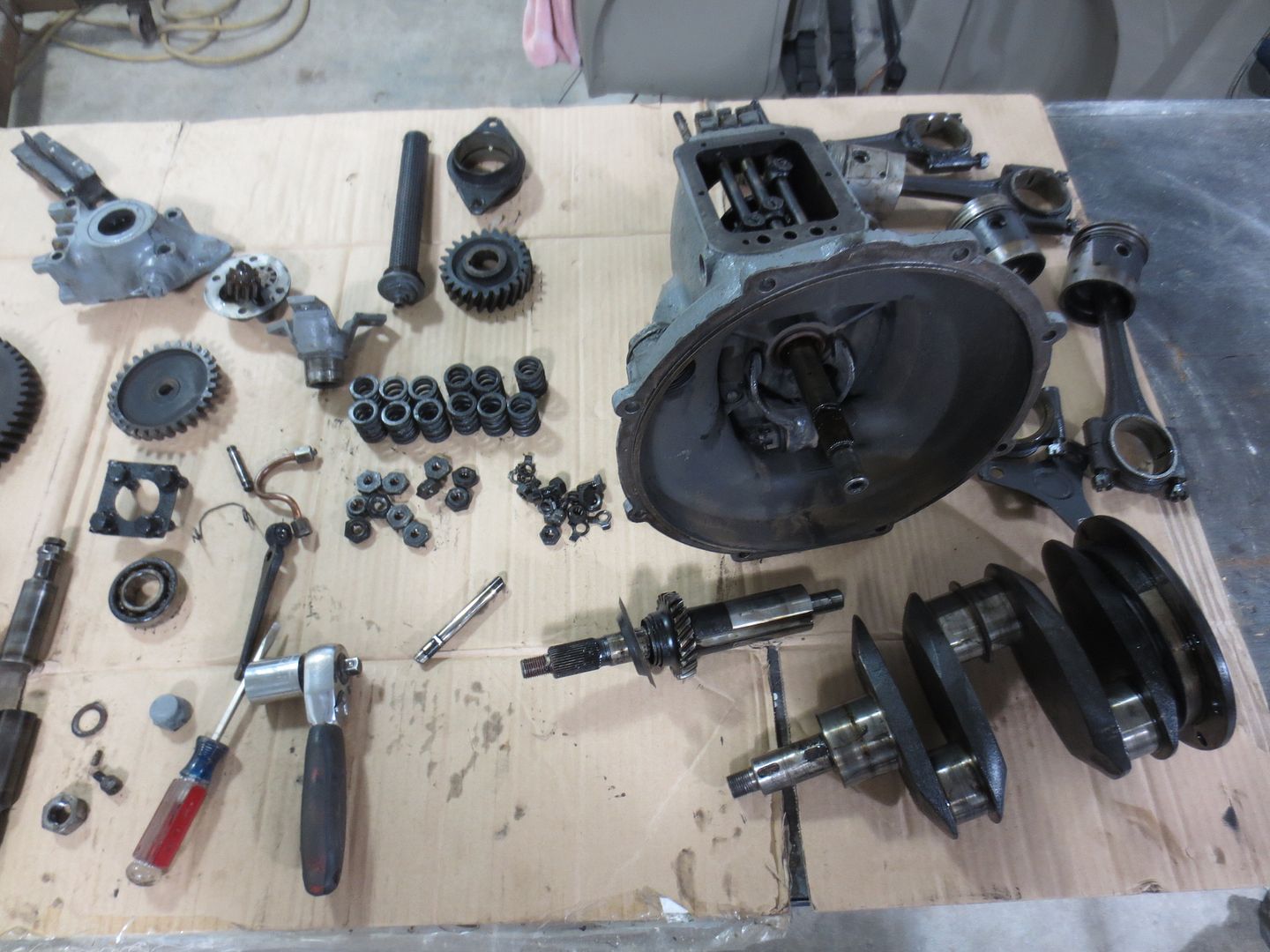grober
MB Master
Came across this article courtesy of JALOPNIK. Poses the question When is a boxer engine merely a 180 degree V engine.  Well its all to do with the crankshaft and pistons
Well its all to do with the crankshaft and pistons

time to read that Jalopnik article! enjoy
https://jalopnik.com/its-time-you-knew-the-difference-between-boxer-engines-1825246413

time to read that Jalopnik article! enjoy
https://jalopnik.com/its-time-you-knew-the-difference-between-boxer-engines-1825246413




